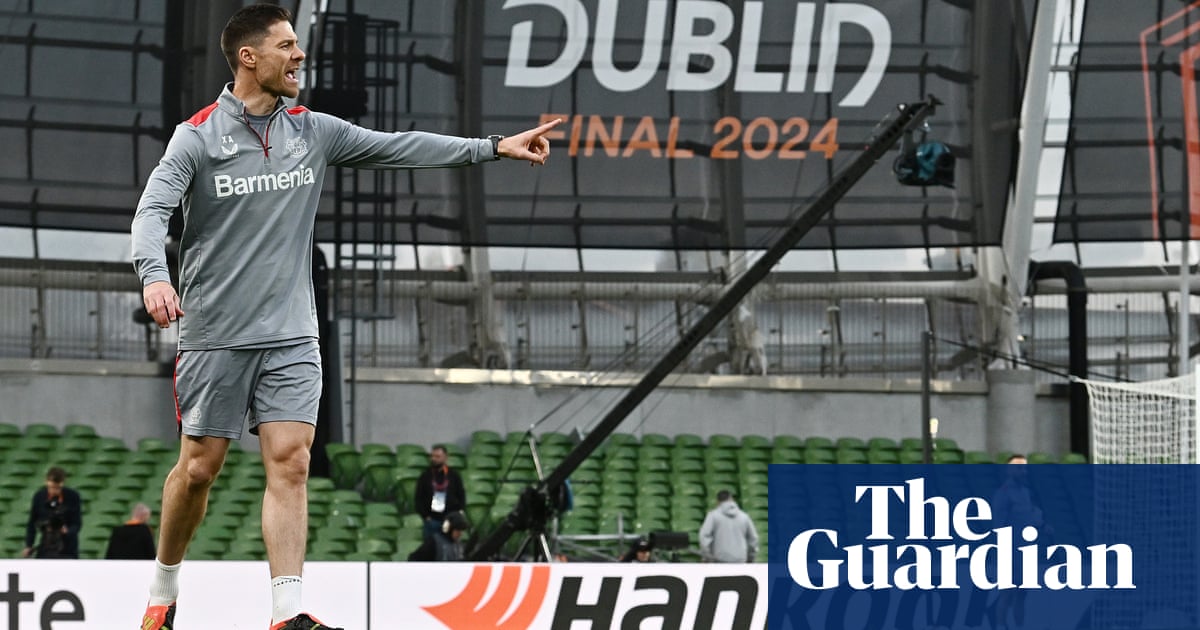
Johan Cruyff called the Netherlands’ 2-0 win over Brazil in the second group phase of the 1974 World Cup the truest example of Total Football there had been. Johan Neeskens was knocked out during it, floored by a punch from Brazil’s captain Marinho Peres. That felt typical. Neeskens was always the physical one, a hard, angular midfielder with unnervingly blue eyes. Sublimely skilled as that Dutch side were, they were also more than capable of looking after themselves and when it came to mixing it there was no one better than Neeskens.
But Neeskens also scored the Dutch opener in that game, receiving the ball halfway inside the Brazil half, pushing the ball to Cruyff on the right then continuing his run to sweep in a first-time finish. Perhaps there was an element of fortune in the loop of the ball over the goalkeeper Émerson Leão, but the key to the goal was his dart in front of Luís Pereira to meet Cruyff’s pass, the awareness of where Cruyff was going to deliver the ball, the instinct to time his movement, and then the technique to guide the ball on target. In a brilliant and brutal game, it was Neeskens, their most brutally brilliant player, who shone.
It was Neeskens who scored the second-minute penalty in the final, Neeskens who had been key to the development of the aggressive press, first at Ajax and then with his national side. Rinus Michels would depute Neeskens to look after the opposition’s playmaker and he would pursue him, often deep into the opposition half. He was, as the Ajax assistant manager, Bobby Haarms, put it, “like a kamikaze pilot”. At first his teammates would be reluctant to follow, but they soon learned, pushing up behind him, relying initially on Velibor Vasovic and later on Horst Blankenburg to protect the space behind the defensive line by stepping up to catch opponents offside.
After helping Ajax to three successive European Cups and losing in the 1974 World Cup final, Neeskens joined Cruyff at Barcelona. That same summer, Barcelona also signed Marinho. There were no hard feelings: true hard men accepted the odd whack on the jaw as part of the game. Marinho, though, was baffled by this new Dutch style of football.
“Defenders in Brazil would never be able to push up like that,” he explained. “When I went to Barcelona, Michels wanted the centre-backs to push out to make the offside line. In Brazil this was known as the donkey line: people thought it was stupid … the Dutch players wanted to reduce the space and put everybody in a thin band. The whole logic of the offside trap comes from squeezing the game. In Brazil, people thought you could chip the ball over and somebody could run through and beat the offside trap, but it’s not like that because you don’t have time.”
What Neeskens’s kamikaze charges had shown, though, was that pressing wasn’t just about thwarting the opposition. “In one training session,” Marinho said, “I pushed up and we caught four or five players offside. I was pleased, because it was still new to me and I was finding it difficult, but Michels came and shouted at me. What he wanted was for us then to charge the guy with the ball with the players we had spare because they had men out of the game in offside positions. That’s how offside becomes an offensive game.”
Michels was always clear that Total Football, although it became theorised, was not in origin a theory, but something that developed semi-organically, because of the players at Ajax, many of whom had played together at youth level and become used to adapting their games to each other. Cruyff was the genius, the organiser, the player with probably a more precise understanding of the geometry of the game than anybody else who has ever played it, but Neeskens was the heart; it was his drive, his ferocious stamina, that encouraged the aggressive press.
And yet, like so many of that great Netherlands side, Cruyff excepted, once the magnificence of his playing career was over, he became disconcertingly ordinary. Although Neeskens had stints as assistant manager of the Netherlands (he was on the bench at Wembley when England beat the Dutch 4-1 in 1996), and later with Australia, Barcelona and Galatasaray, his only real success as a head coach came with NEC Nijmegen, whom he led into the Uefa Cup on a shoestring.
I visited him there in 2003 and was overwhelmed by how much time he was willing to spend chatting to a young freelancer. A few weeks later, he called me at home (on the communal phone in the flat I shared – “It’s for you – Johan somebody? Sounded Dutch.”) to answer some minor query I’d directed to the press office, and chattered on for half an hour about the 70s, making me late for a shift at Teletext (“Sorry – I was just about to set off when Johan Neeskens called”; even as I said it I knew it sounded like a ridiculous lie). There was a humility and eagerness to talk about the past that characterised most of that side.
Yet Neeskens the player was tough, icily cool and manifestly exceptional. He would never have said it – the majority of the ego in that side belonged to Cruyff – but without him, Dutch Total Football might have looked a little more like the West German football of the time, clever intermovement and manipulation of space, but without the ferocious press that made it so distinctive and influential. Total Football needed Cruyff, but it also needed Neeskens.












